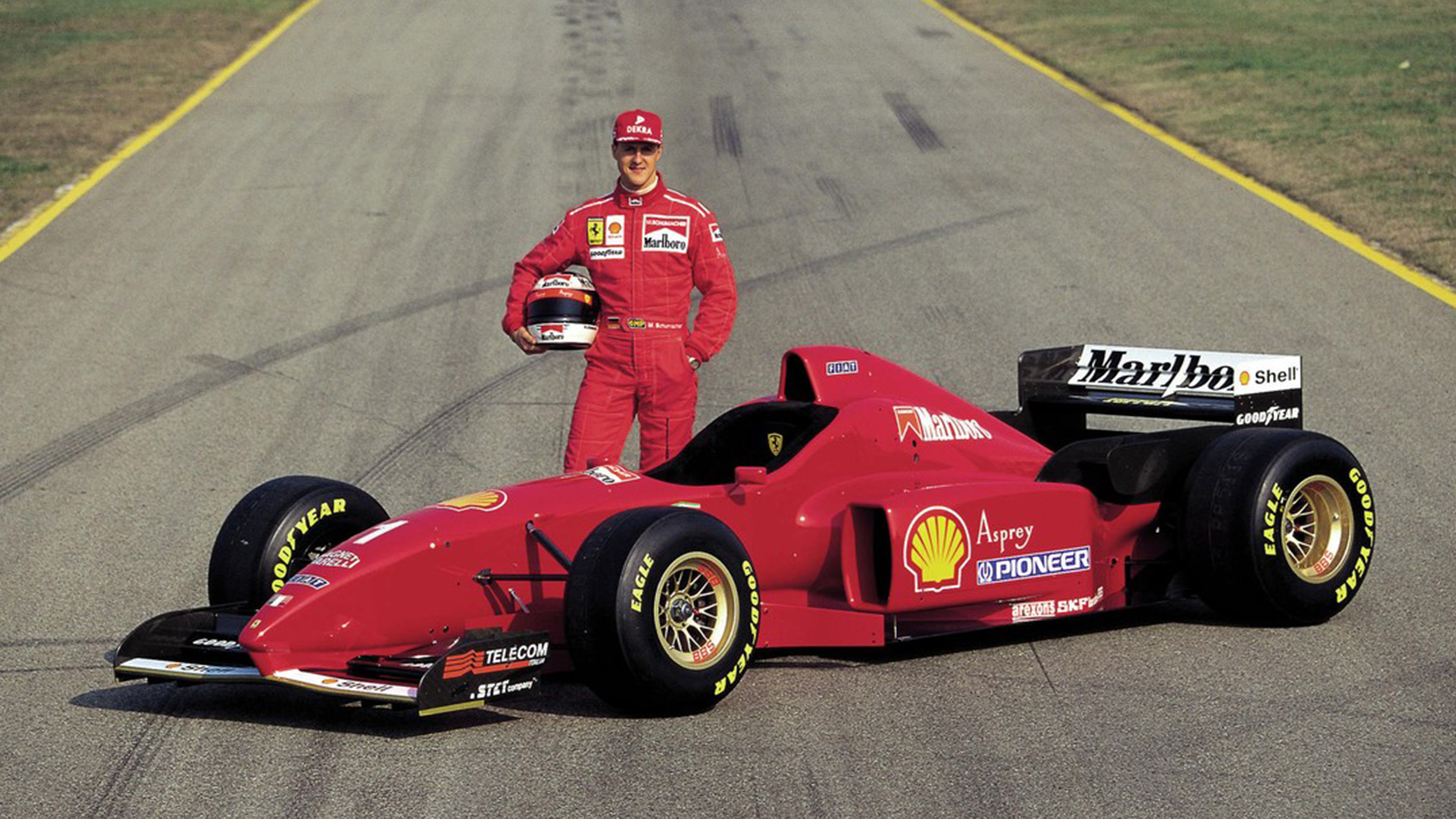








F1 IN A ROAD CAR
TECHNOLOGY AND PERFORMANCE FOR F50






F1 IN A ROAD CAR
“Just think of 4 camshafts rotating 4,300 times a minute. Imagine 60 valves opening 70 times a second and 12 pistons pumping in a blur of speed. Now also imagine that you are in there with our oil and think of the stresses it has to endure. At maximum power output, every stroke of the Ferrari F50’s pistons unleashes a 4-ton load on the bushings and all that is protecting the latter from instantaneous destruction is an incredibly thin film of lubricant. Why does Ferrari trust only Shell Helix Ultra? Because, just like the F50 engine, Shell Helix Ultra is the product of Formula 1 technology”.

The direct link between the Ferrari F50’s bloodline and Formula 1 not only transcends technological confines but also communications barriers as can be seen from the voiceover for an ad for Maranello’s longstanding lubricant supplier featuring the car’s powertrain. Designed to celebrate the Scuderia Ferrari’s 50th anniversary and unveiled at the Geneva International Motor Show, the model genuinely was a road-going Formula 1 car. However, Formula 1’s direct influence wasn’t limited solely to the engine (the 12-cylinder sported by the 640 and 641 fielded by Nigel Mansell and Alain Prost, albeit boosted from 3,500 to 4,698 cc), it also impacted the car’s overall concept. Just like the single-seater, the engine was a weight-bearing member with the push-rod rear suspension mated to it. The front suspensions, which attached to the carbon-fibre chassis, were inspired by those of the 1980s 126 C too. The use of cutting-edge materials also pointed to the F50’s close links with the Formula 1 cars.. The engineers used everything from carbon-fibre to titanium for the con rods and front hubs, and magnesium and aluminium alloy for the wheel rims. The rear hubs, on the other hand, adopted a solution invented and patented by Ferrari for its single-seaters that reduces power loss. Crafted once again by Pininfarina, the F50’s styling took 2,000 hours of wind tunnel testing to perfect and effortlessly combined iconic styling features with extreme technical and aerodynamic demands. It is in that particular regard that the F50 stands head and shoulders above its rivals of the day.
Its underbody generates downforce that guarantees exceptional ground effect with lateral acceleration of up to 1.4 G i.e. very close to a Formula 1’s figure. The car’s grip was boosted too by Goodyear Fiorano tyres developed specifically for it.
